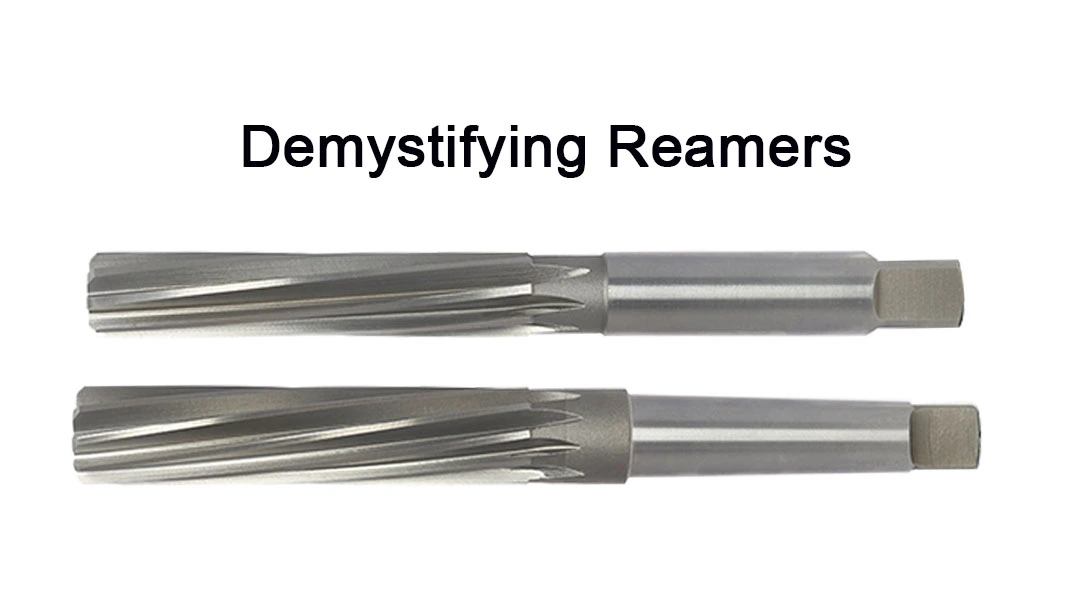Reamers are the unsung heroes in the world of machining, contributing significantly to achieving precision in bore diameters. This article is a journey into the realm of reamers, demystifying their types, exploring their diverse applications across industries, and shedding light on best practices for selecting the right reamer to elevate machining precision.
In the intricate landscape of machining, where precision is paramount, reamers emerge as indispensable tools, offering a pathway to achieving immaculate bore diameters. As we delve into the world of reamers, it’s essential to demystify their types, understand their applications, and uncover best practices that elevate the precision of machining operations.
Types of Reamers:
Reamers come in various types, each designed for specific applications. Straight-fluted, spiral-fluted, and helical-fluted reamers are among the common variants, with each serving unique purposes. Straight-fluted reamers are ideal for general-purpose applications, while spiral-fluted and helical-fluted reamers excel in materials that pose challenges like chip evacuation.
Applications Across Industries:
The versatility of reamers finds applications across a multitude of industries, including automotive, aerospace, and medical. From producing precision bores in engine blocks to creating immaculate holes in aircraft components, reamers play a pivotal role in achieving the exacting tolerances demanded by modern manufacturing.
Importance of Reaming in Precision:
Reaming holds the key to achieving the desired level of precision in bore diameters. It refines the geometry of drilled holes, ensuring tight tolerances and smooth finishes. The process eliminates any irregularities left by drilling, guaranteeing that the final bore conforms precisely to specifications.
Best Practices for Selection:
Selecting the right reamer involves considering several factors, including material properties, machining conditions, and the desired level of precision. Emphasize the role of reamer geometry, such as flute design and helix angle, in achieving optimal results. Coatings, such as TiN or TiAlN, enhance wear resistance, contributing to prolonged tool life.
In conclusion, demystifying reamers unveils their significance in achieving precision in machining. As machinists navigate through the myriad types and applications, understanding the best practices for reamer selection becomes paramount. With the right reamer in hand, the journey towards immaculate bore diameters is not just a process; it’s a testament to the precision that defines modern machining excellence.

